Category: Pasture and Range
Categories
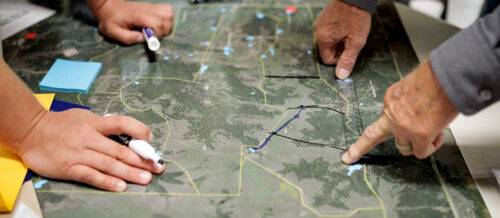
Why You Need a Grazing Plan and How to Start One
Estimated reading time: 3 minutes
Taking time to make and follow a grazing management plan pays many dividends.
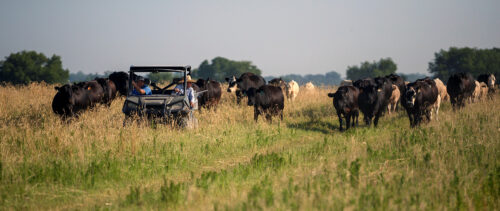
Low-Risk Strategies to Transition from Conventional to Adaptive Grazing
Estimated reading time: 6 minutes
Starting small and using what you have are ways to ease into regenerative practices.
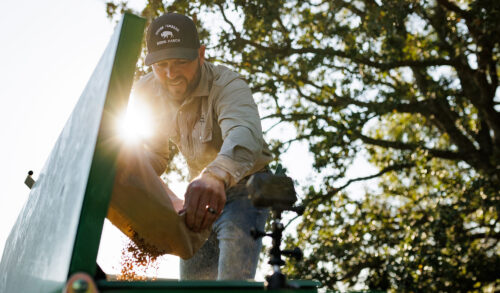
What Your Grass and Cover Crop Seeds Need to Succeed
Estimated reading time: 6 minutes
The health of your soil and a few core principles lead the way to good germination
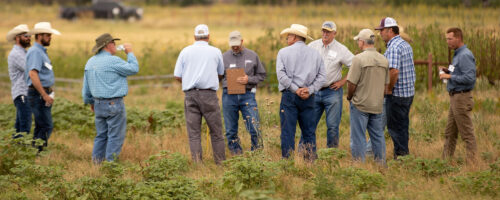
Building Your Grazing Community
Estimated reading time: 5 minutes
Find like-minded farmers and ranchers to support your regenerative grazing goals.
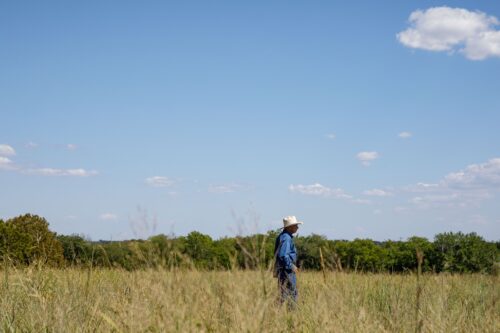
Simple ways to measure soil health improvements in real time
Estimated reading time: 6 minutes
Tap into your observational senses to mark progress anytime you’re out in your pastures.
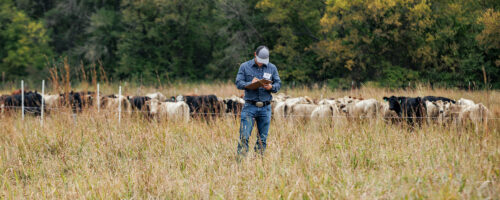
Compute and track your ‘reserve herd days’ to manage forage inventory and grazing
Estimated reading time: 11 minutes
Knowing how to estimate forage inventories and actively manage grazing accordingly cuts down on hay feedi...
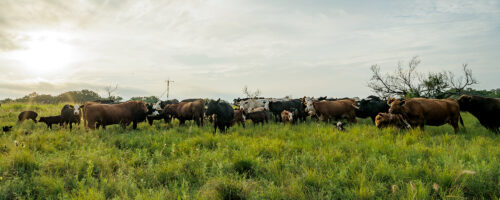
Got extra forage? Graze fall-weaned calves this winter to boost profits
Estimated reading time: 6 minutes
If forage resources permit, consider holding over calves weaned in the fall for winter grazing to take ad...
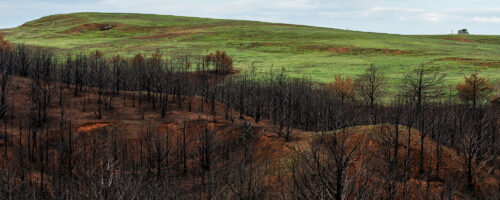
How to Help Your Ranch and Pastures Recover After a Wildfire
Estimated reading time: 8 minutes
As devastating as wildfires can be, affected ranchers may find unexpected opportunities as the healing be...
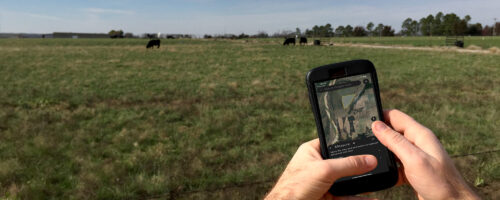
Tips to turn digital map app into a decision-making tool for regenerative grazing practices
Estimated reading time: 7 minutes
Track grazing paddocks and management moves in Google Earth as a self-guided journey to good grazing.
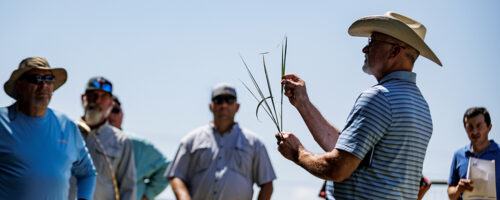
Sharpen your plant identification skills to graze with bigger goals in mind
Estimated reading time: 5 minutes
Take a closer look at the plants in your pasture to make and mark regenerative progress.
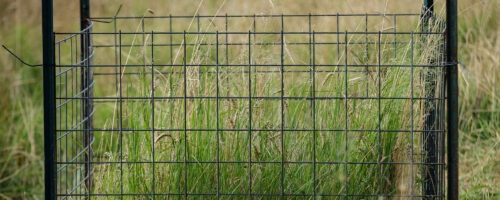
Gain a new view of your pastures’ forage potential
Estimated reading time: 5 minutes
Five ways to maximize the power of a simple grazing exclosure to help truly know what you can grow.
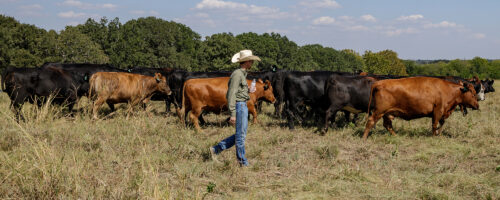
Get out of ‘defense mode’ with your next grazing plan
Estimated reading time: 7 minutes
Plan the work, then work the plan to achieve more on your regenerative ranch.
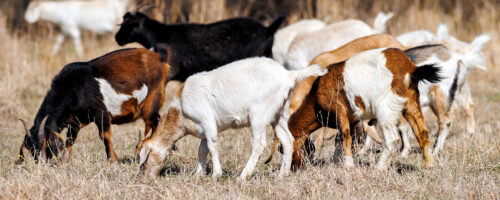
Plan Ahead To Meet Sheep and Goat Dietary Needs in the Dormant Season
Estimated reading time: 6 minutes
The dormant season is meant to be a time of rest and rejuvenation for your land. It also can be a time th...
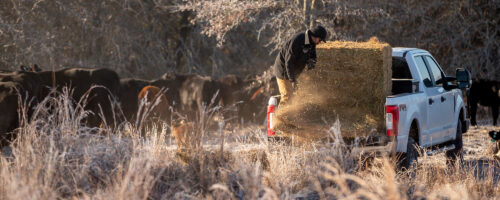
How To Use Bale Grazing and Other Hay-Feeding Strategies To Build Soil Health and Improve Forage Production on Your Regenerative Ranch
Estimated reading time: 8 minutes
Look for areas that are bare or underproducing. Then choose those spots for hay feeding to add nutrients...
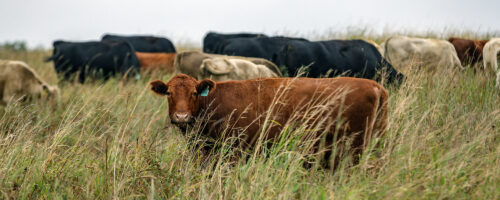
Try This Simple Stocking Rate Assessment as You Begin Regenerative Ranching
Estimated reading time: 8 minutes
How do you know how many head of grazing livestock your ranch can support while still taking good care of...
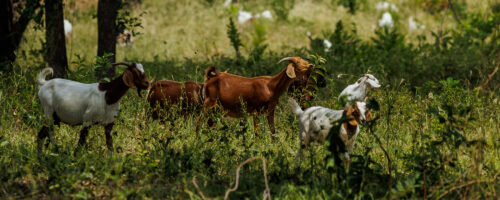
What Goats Really Eat, With Grazing Menu Tips to Benefit Your Ranch
Estimated reading time: 7 minutes
It may not be literally everything, but the pesky brush species goats do eat make them a powerful land ma...